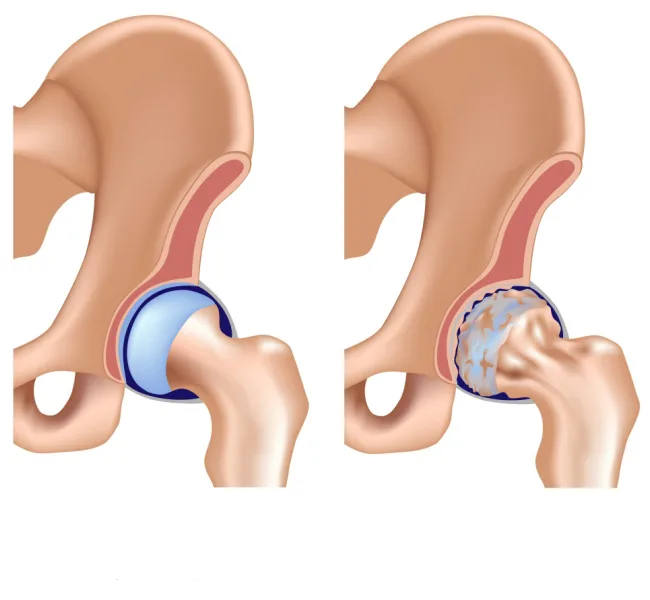What is Total Hip Replacement (THR)?
Total Hip Replacement Surgery (THR Surgery) is also known as hip arthroplasty. It is a surgical procedure to address hip pain. With the help of surgery damaged hip joint components are replaced by artificial implants. A ball (at the top of the femur, also called the thigh bone) and a socket (in the pelvis, also called the hip bone) make up the hip joint.
One or both components may need to be replaced during hip replacement surgery. The main goal of the surgery is to allow individuals to engage in daily routines and physical activities with reduced pain.
Below mentioned are the types of THR surgery:
- Total hip replacement: In this procedure, the whole hip is replaced by a prosthetic joint by a surgeon. Surgeon will replace the thigh bone, or femur, and the socket it fits into, or the acetabulum. Hip replacements are nearly always total hip arthroplasty.
- Partial hip replacement: Partial hip replacements are very rare. In this procedure, the surgeon will only replace a part of the hip. This procedure is usually performed to repair certain types of broken hips (hip fractures) or to remove certain types of tumors.
- Hip resurfacing: Typically, hip resurfacing of the femoral head and socket is performed more frequently on younger, more active patients.















